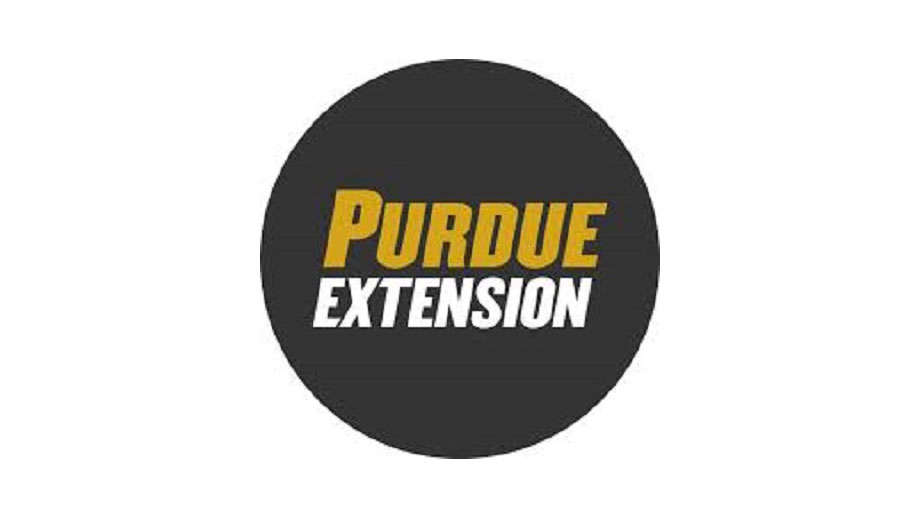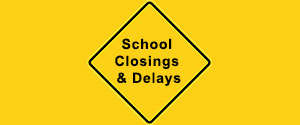
Crabgrass is probably one of the most hated weeds around Indiana.
It is a summer annual weed that germinates when soil temperatures are around 60 degrees Fahrenheit. It is a grass weed that emerges from the ground with a single blade at first and has a fibrous root system. Due to how annoying it can be, it is important you understand the various ways to control it from overtaking your lawn.
One of the best ways to control crabgrass is with a dense, healthy lawn. You can do this by maintaining a lawn that is about 3 inches high. When you mow too short, you promote an environment for crabgrass to thrive in. Additionally, you should apply between 2 and 4 pounds of nitrogen per 1,000 square feet each year. You should apply the nitrogen in two applications in the fall. It is important to realize it can be hard to get a dense, healthy lawn, especially in years of severe weather conditions.
To control crabgrass when your lawn is thin or new, you will have to combine cultural control with herbicide usage. Preemergence herbicides prevent the emergence of crabgrass and often need to be applied before the middle of April. Michigan State University has a Growing Degree Days Tracker (https://gddtracker.msu.edu/?model=7&offset=0&zip=46135) that allows you to know when is the most optimum time to treat for crabgrass based on your zip code and weather. According to this tracker, we are at the most optimum time to treat via preemergent herbicide on March 27, 2025. Most likely, you will only be able to find preemergence herbicides that have fertilizers mixed in it. If you use a preemergence herbicide that is a “weed and feed” product, try to find one that has most of the nitrogen in a slow-release format. If you have recently seeded your lawn, do not use a preemergence herbicide.
Postemergence herbicides are used once the crabgrass has emerged from the soil. However, they are only effective if the plant is small. Postemergence herbicides are more difficult to use and tend not to be as effective as preemergence herbicides on crabgrass. If you have not gotten your crabgrass under control by the middle of July, do not waste your time using a herbicide. By July it is too late to control crabgrass and you should just let it grow. It will eventually die when the first frost hits.
If you do use a herbicide on your lawn, please take the time to look at the product label. The label will tell you how to mix the product, use the product, and what safety precautions to take when using the product. It is against the law to use any herbicide product in a manner that is not stated on the label.
No matter how hard you try to prevent and eliminate crabgrass, your fight might not be successful. If you would like more information about crabgrass, look at Purdue Extension publication, Control of Crabgrass in Home Lawns. You can obtain your own copy by going to http://www.extension.purdue.edu/extmedia/AY/AY-10-W.pdf or by contacting your local Purdue Extension Office. This publication lists some of the active ingredients to look for when selecting a herbicide to use in your fight against crabgrass.
Visit our homepage at www.extension.purdue.edu/putnam or you can contact the local Purdue Extension Office by calling 765.653.8411 for more information regarding this week’s column topic or to RSVP for upcoming events. It is always best to call first to assure items are ready when you arrive and to RSVP for programs. While many publications are free, some do have a fee.
Purdue University is an equal access/equal opportunity institution. All times listed are Eastern Time.
Upcoming Events:
May 3 – Plant Auction, viewing 9:15 am, auction starts 10 am, Goat Barn @ Putnam
County Fairgrounds






